The Legacy of Pop Art: From Warhol to Now
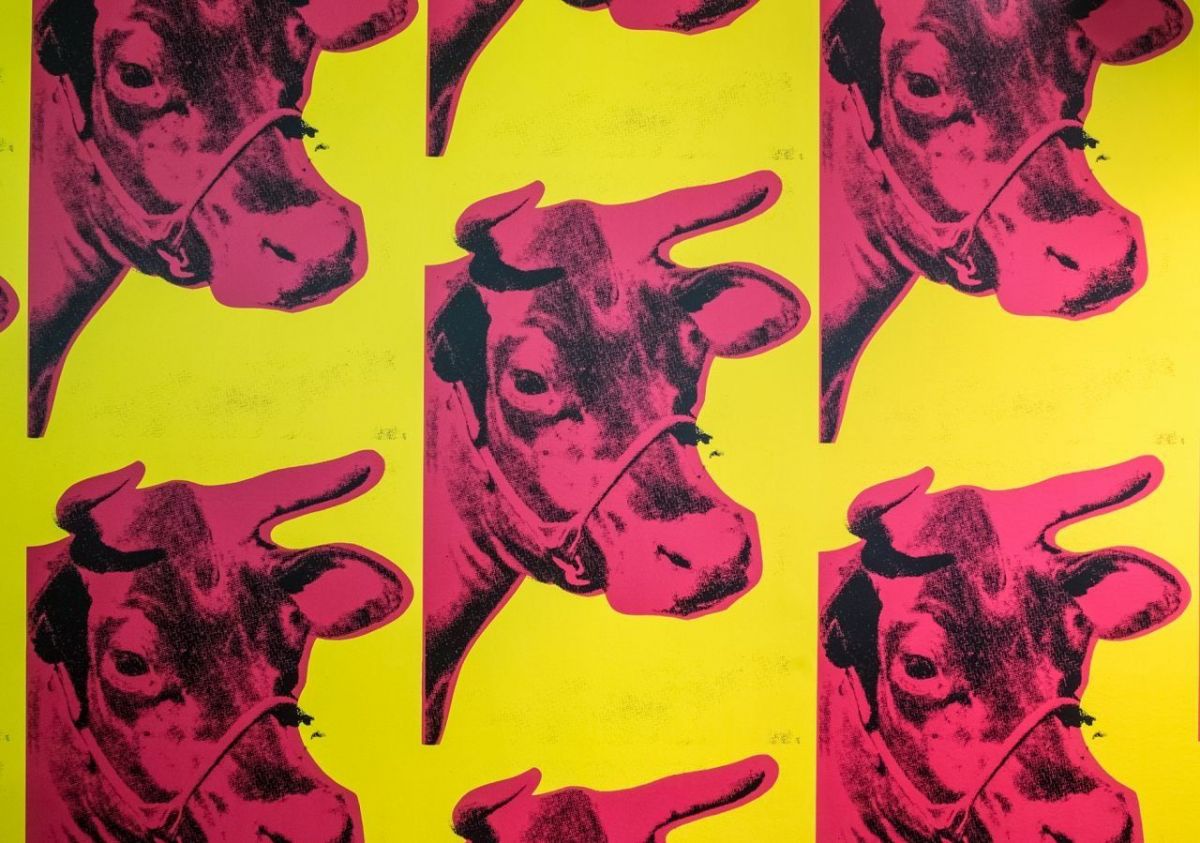
Pop Art emerged in the mid-20th century, pushing the boundaries of fine art and integrating the aesthetics of popular culture and the mass media into the art world. Andy Warhol, along with contemporaries like Roy Lichtenstein, Jasper Johns, and Claes Oldenburg, became leading figures in this art movement, which took inspiration from sources outside of the traditional art sphere, including advertising, comic books, and everyday consumer goods. Decades have passed since it first shook the foundations of the artistic landscape, and yet, the legacy of Pop Art continues to resonate and evolve in the modern era.
The Foundations of Pop Art
In the 1950s and 1960s, artists began challenging the supremacy of Abstract Expressionism by embracing recognizable imagery from popular culture. Pop Art was a bold statement, one that often played ironically with iconic consumerist symbols and imagery of the post-war era.
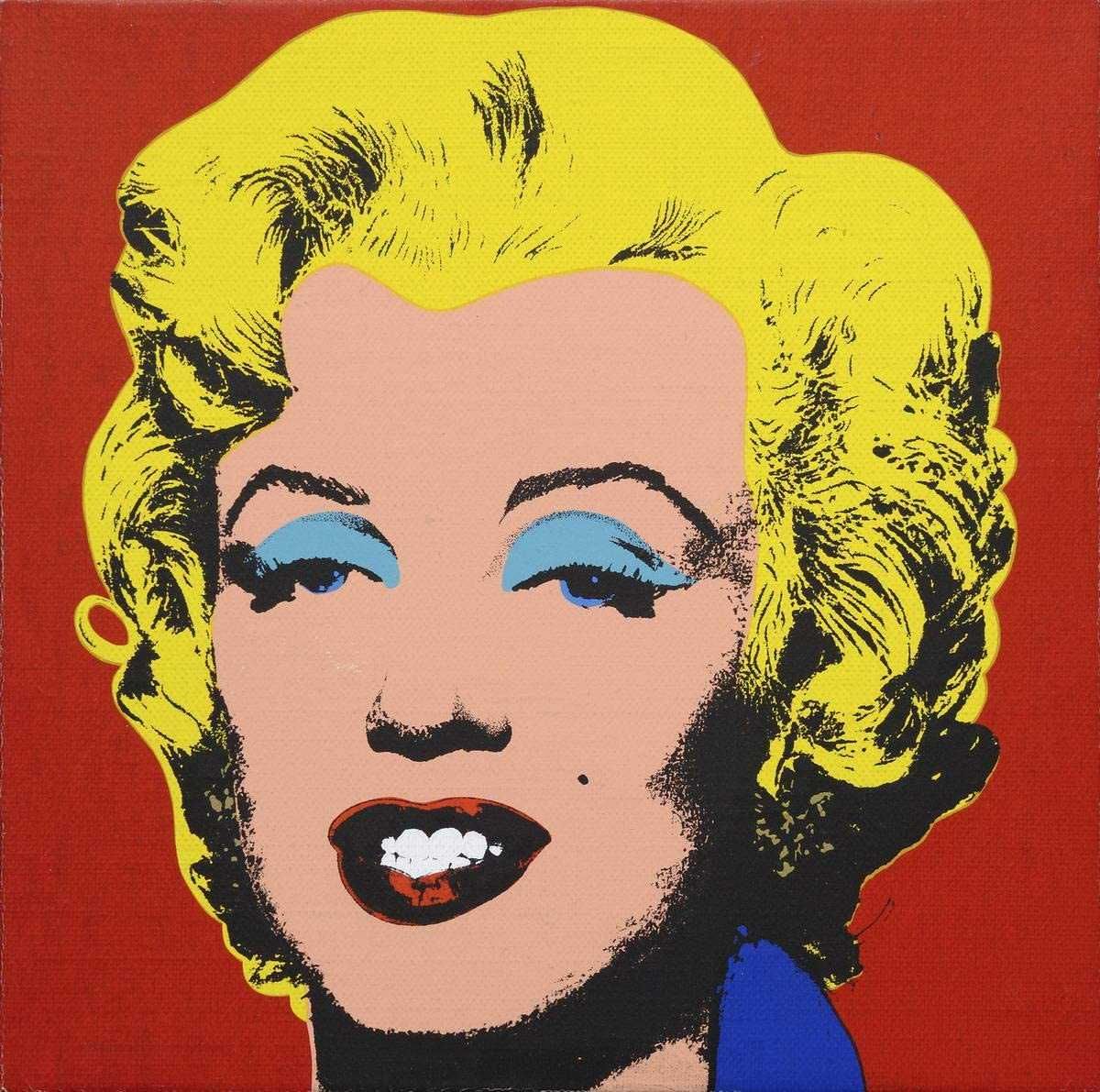
Accessibility and Mass Appeal
Pop Art's utilization of widely recognized imagery from television, advertisements, and comics made it accessible to the broader public, shifting the perception of art from elite to popular. Warhol's Campbell's Soup Cans and Lichtenstein's comic-strip inspired works exemplify this embrace of mass-produced imagery.
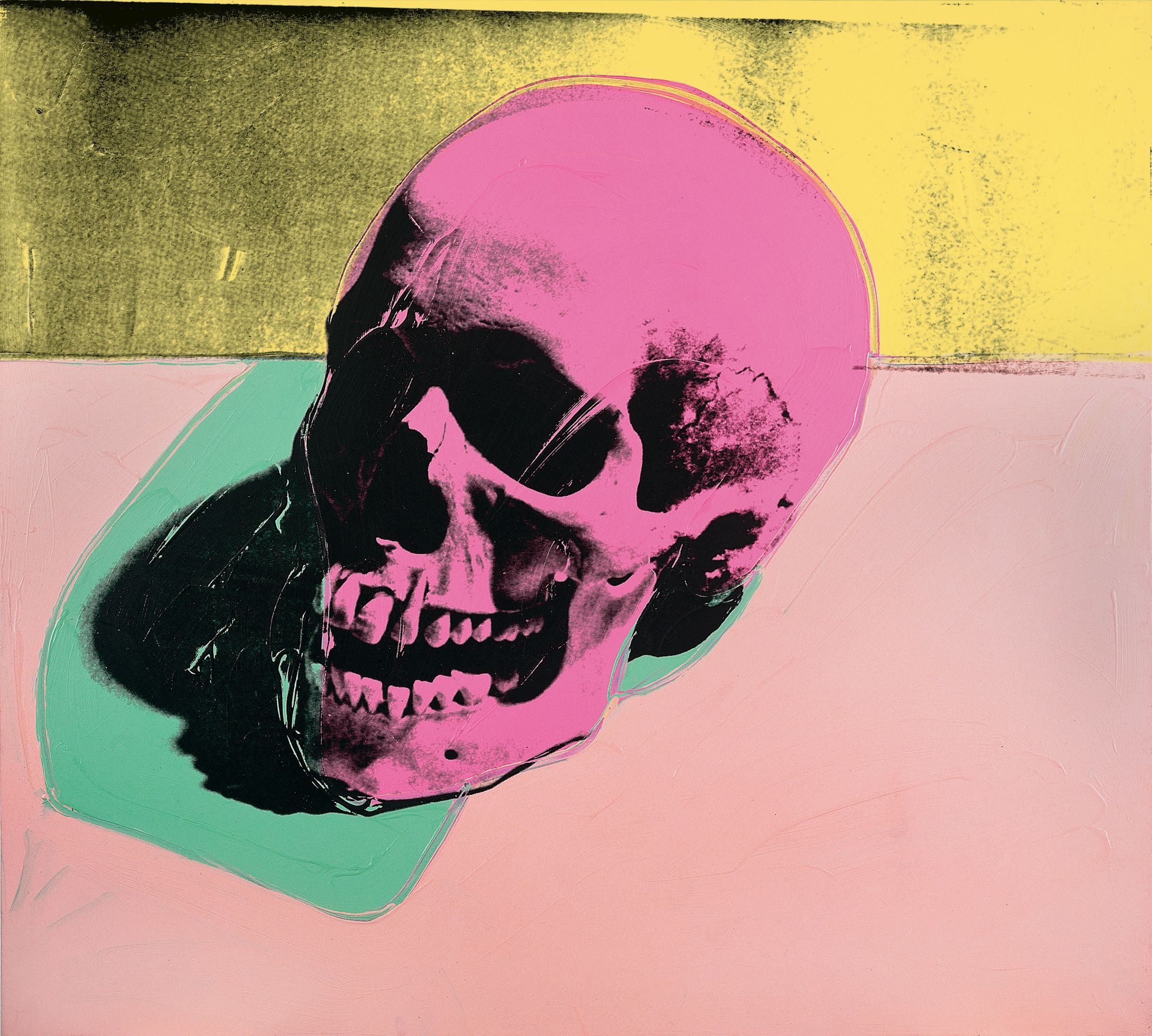
Warhol’s Impact and His Factory
Andy Warhol was a pivotal figure for Pop Art. His New York studio, known as The Factory, became a cultural hotspot that fused art with celebrity and avant-garde filmmaking. Warhol's understanding of fame and his maxim that "In the future, everyone will be world-famous for 15 minutes" prophesied the current era of social media and influencer culture.
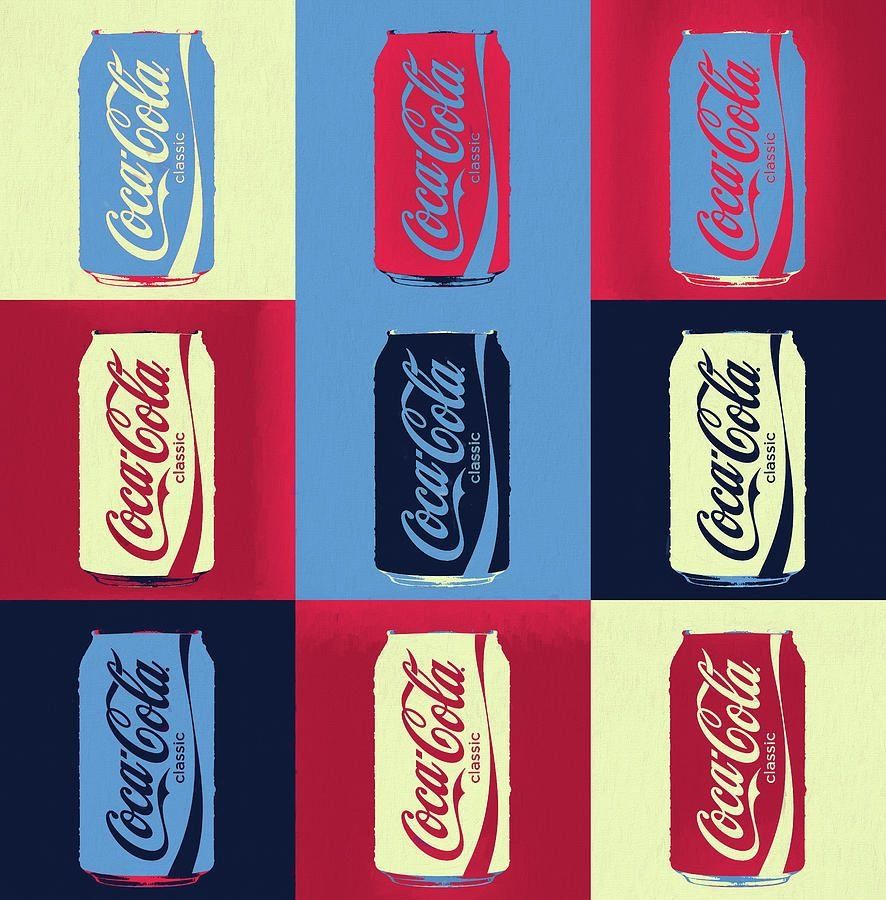
Iconography and Consumerism
Warhol's portfolio, spanning from portraits of Marilyn Monroe to Brillo Boxes, is not just illustrative of Pop Art's themes but has become synonymous with the movement itself. It underscored the interplay between art, iconography, and consumerism, a conversation that persists in today's market-driven society.

The Contemporary Influence of Pop Art
Today, Pop Art's legacy can be seen across the cultural landscape, from gallery spaces to digital platforms. Pop Art's embrace of bold colors, popular references, and ironic interpretations of culture remains influential among contemporary artists.

Art in the Age of Digital Consumption
In the digital age, the flow of images and celebrity culture that Warhol highlighted seems to have exploded. Modern artists continue to explore these themes, adapting their methods to new technologies such as digital manipulation, GIFs, and 3D printing.
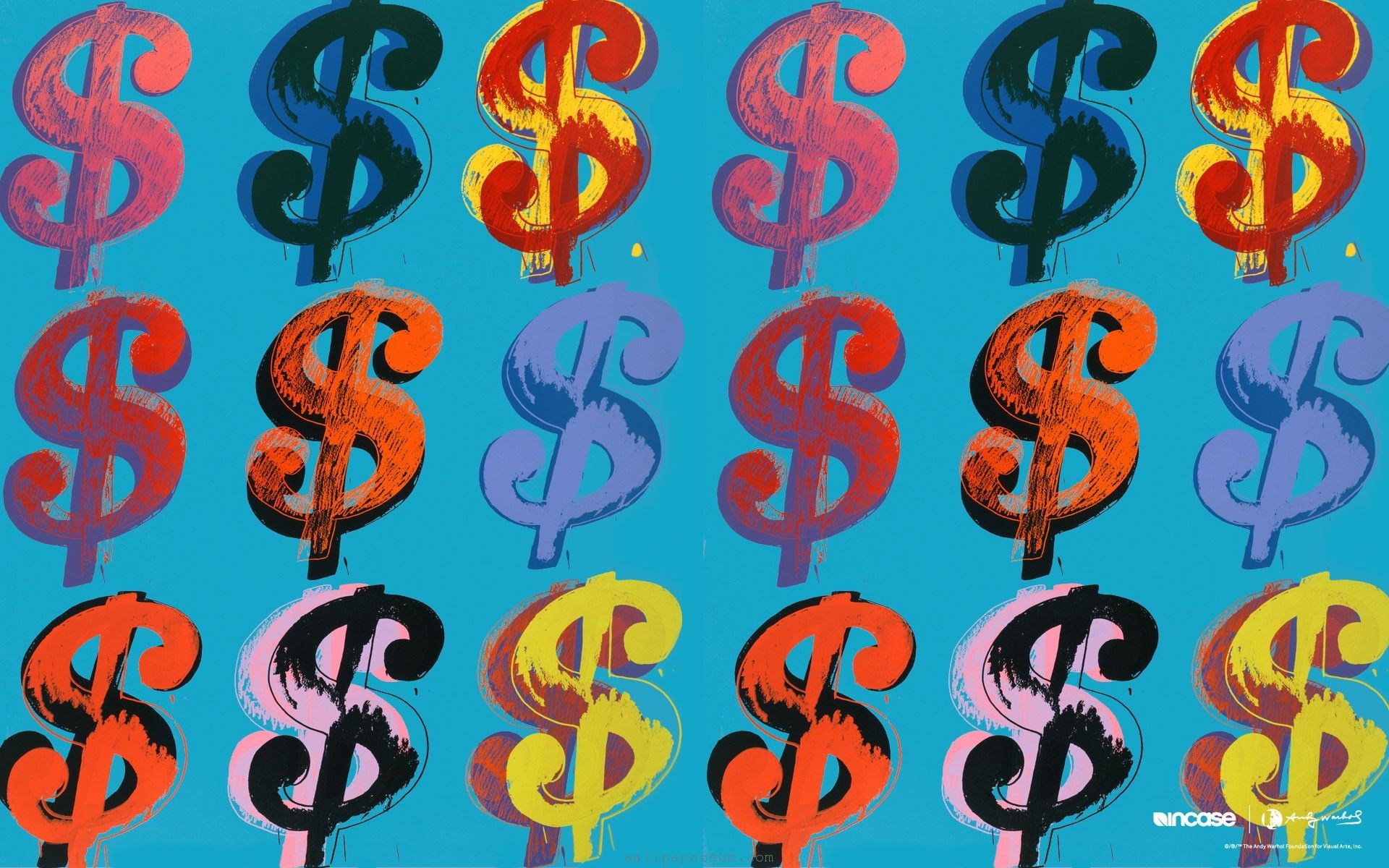
Challenges to Convention
Since its inception, Pop Art has been critical of high-brow sentiments and has continued to question the art world's conventions about what constitutes fine art. This has paved the way for newer forms and media to be recognized and appreciated as valid expressions of creativity in the art community.
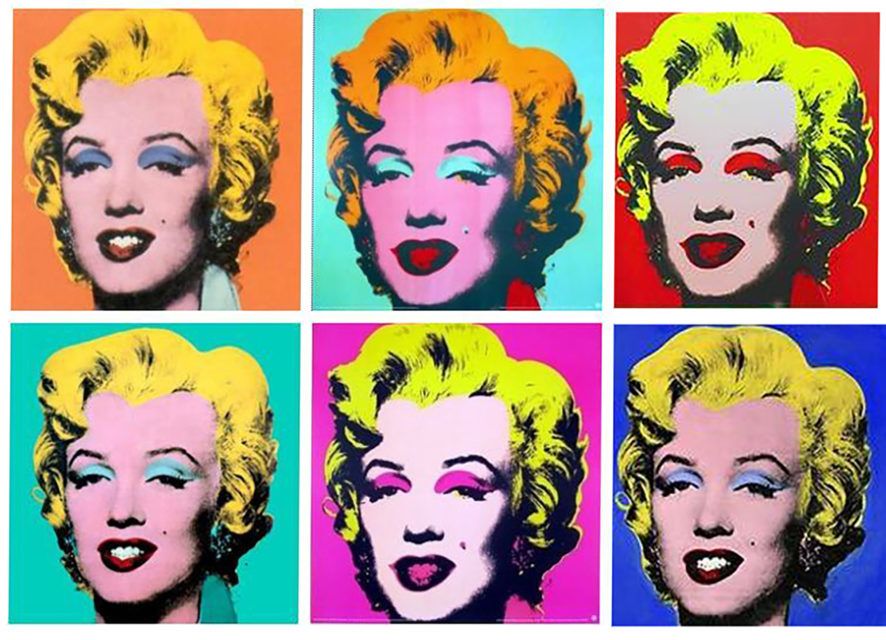
Collaboration and Clothing
Pop Art now extends its influence even further beyond the canvas, seen prominently in the world of fashion as artists collaborate with clothing brands to produce wearable art. It has also influenced design, advertising, and branding, closing the loop as art influences commerce and commerce influences art.

Pop Art in a Post-Pop World
As we progress in the 21st century, the sensibilities of Pop Art still reverberate in contemporary work. The line between high art and popular culture remains blurred, a direct testament to the Pop Art movement's enduring impact. Warhol and his contemporaries carved out a space where art reflects life in its most daily forms, not as an aspiration for the transcendent but as a mirror to the world we constructed around us.
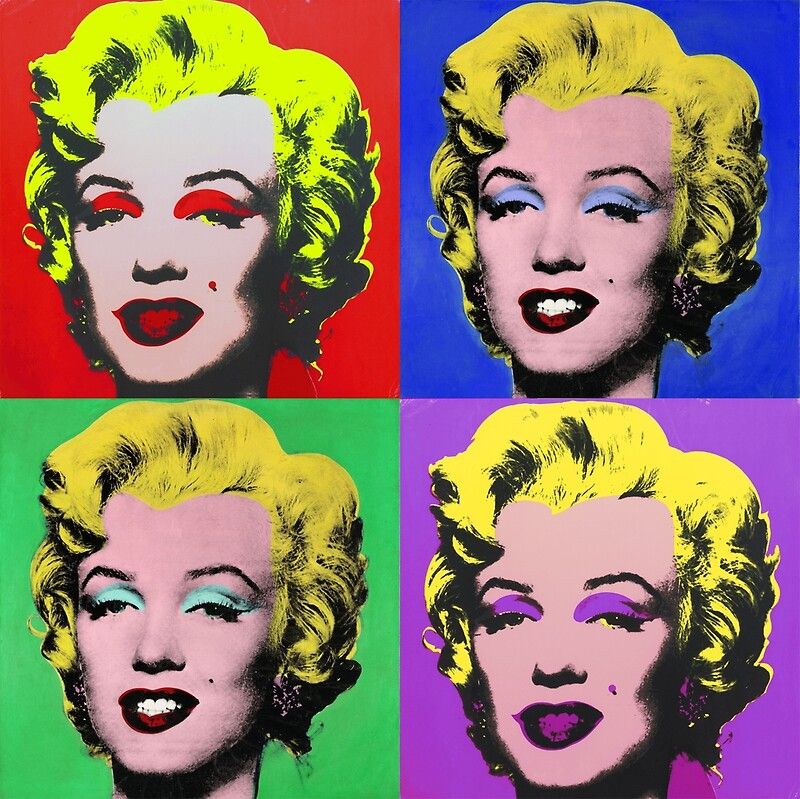
Social Commentary and Irony
Modern artists who draw inspiration from Pop Art often amplify its ironic and critical stance. By co-opting and subverting images and ideas present in consumerist societies, they continue to provide commentary on the social and cultural issues that pervade our reality.

Conclusion
The legacy of Pop Art is embedded in culture, with a vibrancy that rivals the brilliant hues of its canvases. It delights, provokes, and invites reflection on the mundanities and absurdities of our consumer-oriented lives. From Warhol's Factory to today's virtual spaces, Pop Art has shifted how we perceive art and its place in society. It has democratized the appreciation of art, cementing itself as a vital and ongoing dialogue between the mundanity of the everyday and the ideals of creative expression. The echoes of Pop Art remain strong, constantly being reinterpreted, never losing their relevance, from Warhol to now and beyond.
Теги
art.